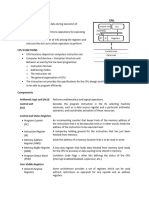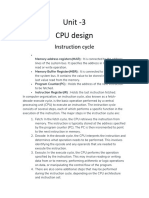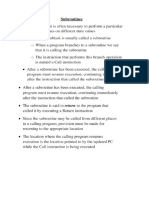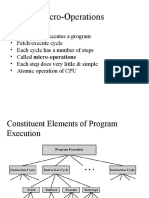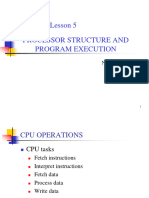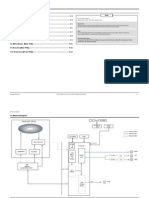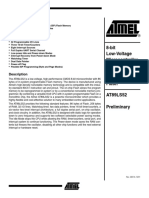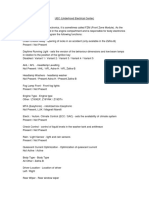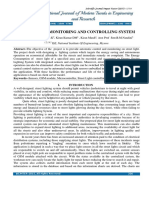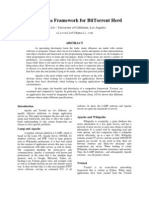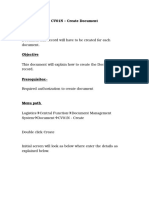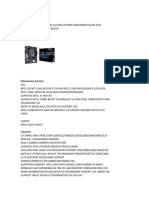0% found this document useful (0 votes)
56 views6 pagesComputer Architecture Assignment 1
Advanced computer architecture enhances performance and efficiency through techniques like parallel processing, multithreading, and specialized units, distinguishing it from traditional architectures. The instruction cycle involves fetching, decoding, executing, and writing back instructions, ensuring the CPU processes each instruction correctly. While traditional architectures focus on general-purpose tasks, advanced architectures are optimized for high-performance applications such as AI and scientific computing.
Uploaded by
Emmanuel SamuelCopyright
© © All Rights Reserved
We take content rights seriously. If you suspect this is your content, claim it here.
Available Formats
Download as DOCX, PDF, TXT or read online on Scribd
0% found this document useful (0 votes)
56 views6 pagesComputer Architecture Assignment 1
Advanced computer architecture enhances performance and efficiency through techniques like parallel processing, multithreading, and specialized units, distinguishing it from traditional architectures. The instruction cycle involves fetching, decoding, executing, and writing back instructions, ensuring the CPU processes each instruction correctly. While traditional architectures focus on general-purpose tasks, advanced architectures are optimized for high-performance applications such as AI and scientific computing.
Uploaded by
Emmanuel SamuelCopyright
© © All Rights Reserved
We take content rights seriously. If you suspect this is your content, claim it here.
Available Formats
Download as DOCX, PDF, TXT or read online on Scribd
/ 6





